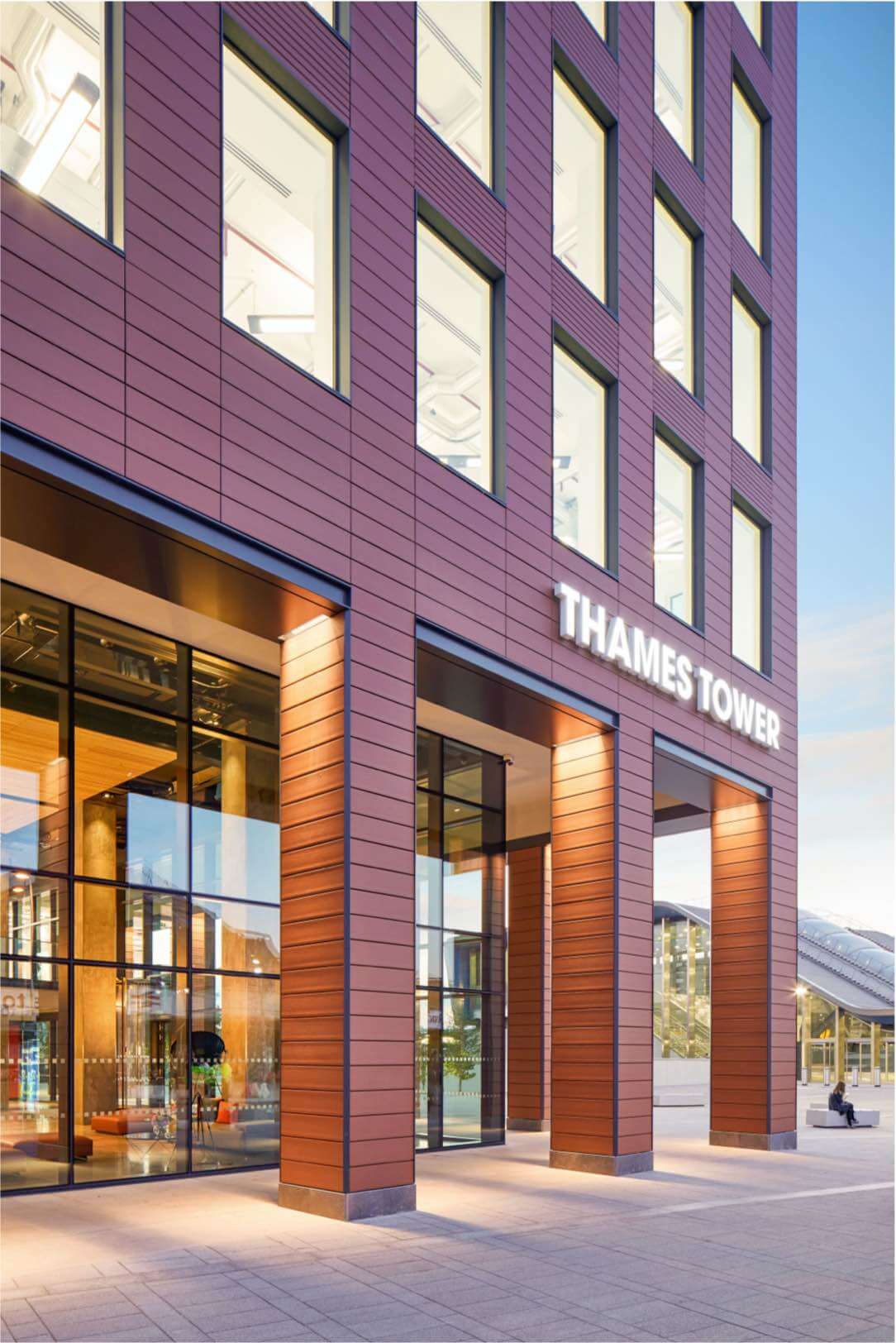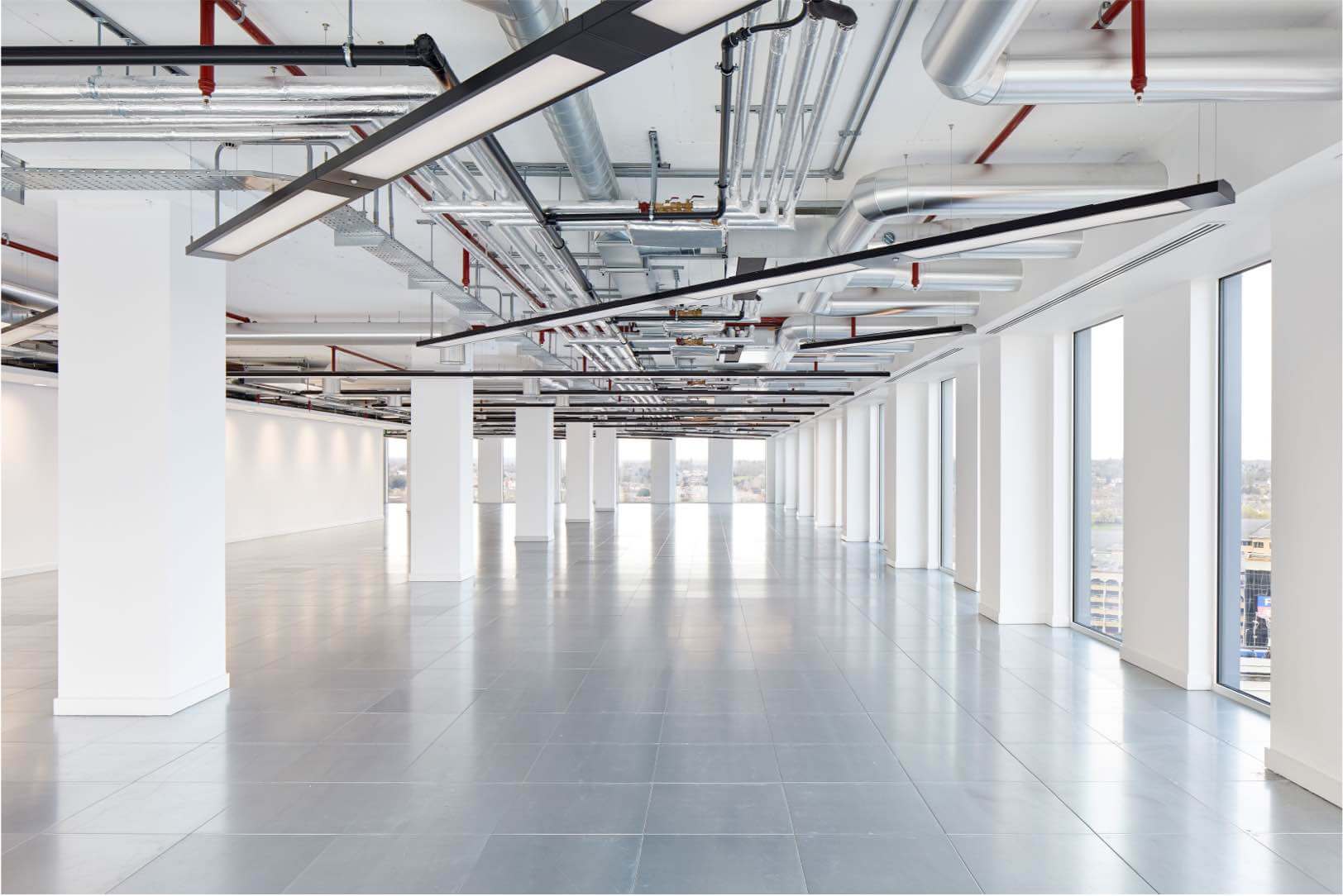Carbon reduction
C02 in the atmosphere today is 25% higher than at any time in the last 3 million years, and that’s a concern for us all.
Buildings contribute over 40% of the embodied carbon in the world, through materials, construction processes and ongoing operation.
Business is rightly becoming highly motivated by its shareholders, customers and staff, to reduce the whole-life carbon footprint of its buildings. According to the IPPC (Intergovernmental Panel on Climate Change), to limit the global warming to safe levels carbon emissions need to be globally net zero by 2050.
Yet, by then only 1% of all buildings will be new-build, so it’s clear that the ‘as-new’ re-invention of existing stock will play a big part in achieving that goal.

The benefits are huge. Our Thames Tower building in Reading has a lifetime carbon footprint that is less than half that of a ‘new-build,’ while simultaneously raising the bar for quality and becoming one of the most desirable buildings in the region.
Our ‘Plan A’ for over twenty years has been to refurbish wherever practical. We’ve built over 14 million sq ft of ‘as-new’ office space. We re-cycle original materials, sustainably resource new materials, specify durable equipment that will need replacing less frequently and minimise transportation. Our latest building at Riverside Sunderland also features an all-electric plant that creates zero local emissions.
We’re sticking to our Plan A because, as they say, there is no Planet B.

